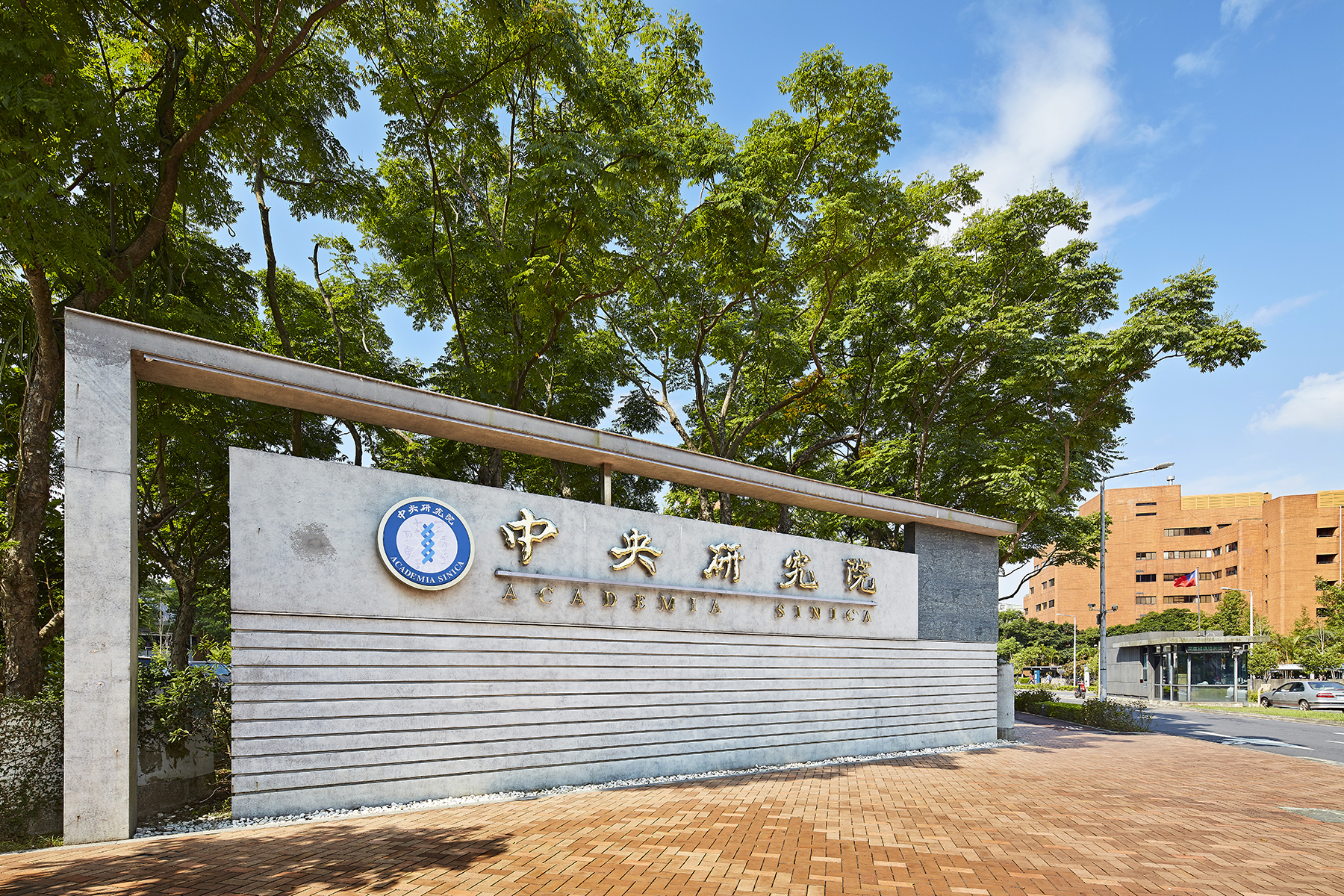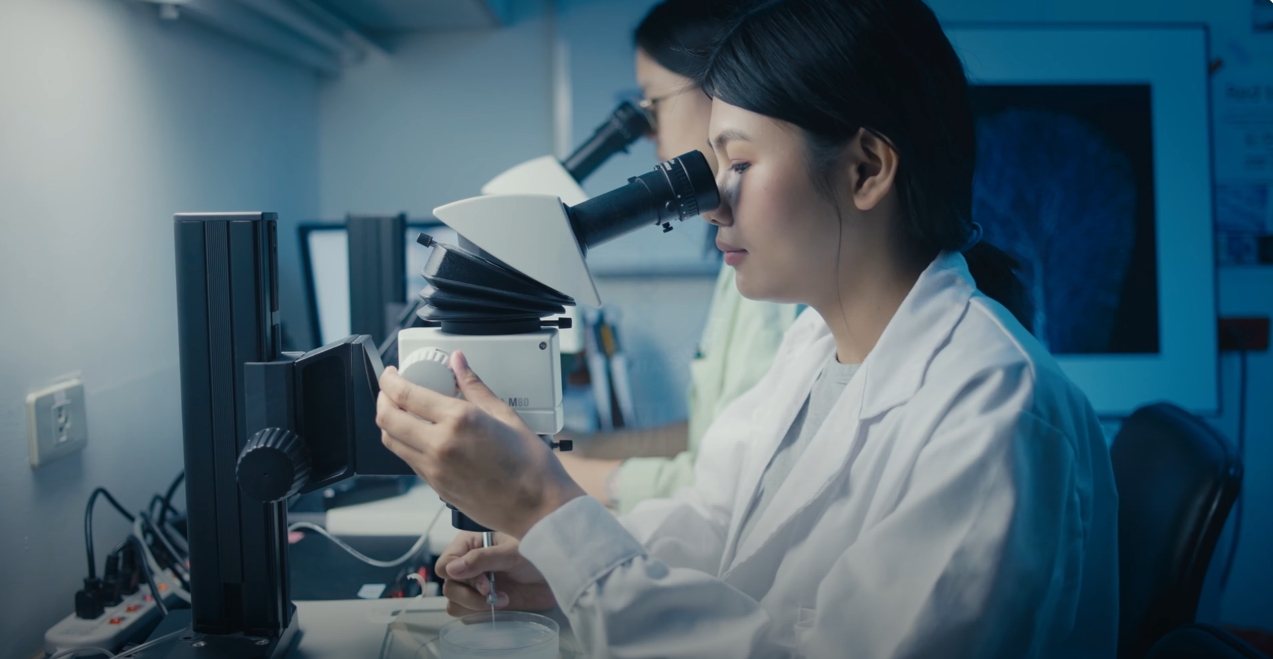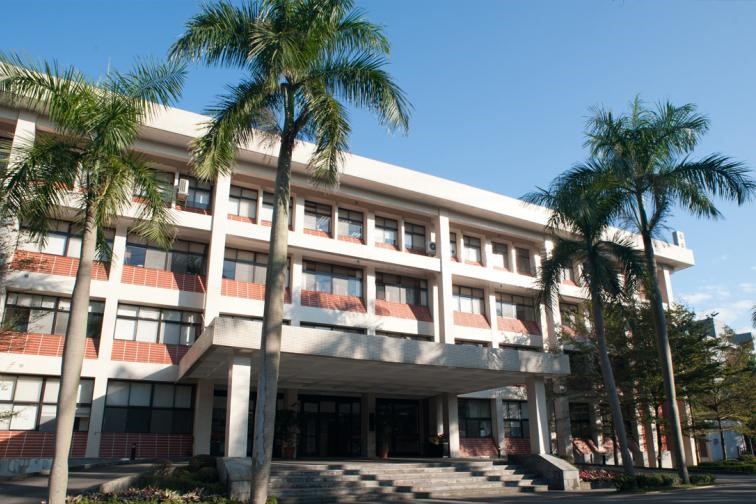- Lectures
- Institute of Biomedical Sciences
- Location
B1C Auditorium, IBMS
- Speaker Name
Dr. Michelle Monje (Stanford Univ.)
- State
Definitive
- Url
In the central nervous system, neuronal activity is a critical regulator of development and plasticity. Activity-dependent proliferation of healthy glial progenitors, oligodendrocyte precursor cells (OPCs), and the consequent generation of new oligodendrocytes contributes to adaptive myelination. This plasticity of myelin tunes neural circuit function and contributes to healthy cognition, while disruption of myelin plasticity contributes to cancer therapy-related cognitive impairment. The robust mitogenic effect of neuronal activity on normal oligodendroglial precursor cells, a putative cellular origin for many forms of glioma, suggests that dysregulated or “hijacked” mechanisms of myelin plasticity might similarly promote malignant cell proliferation in this devastating group of brain cancers. Indeed, neuronal activity promotes progression of both high-grade and low-grade glioma subtypes in preclinical models. Crucial mechanisms mediating activity-regulated glioma growth include paracrine secretion of BDNF and the synaptic protein neuroligin-3 (NLGN3). NLGN3 induces multiple oncogenic signaling pathways in the cancer cell, and also promotes glutamatergic synapse formation between neurons and glioma cells. Glioma cells integrate into neural circuits synaptically through neuron-to-glioma synapses, and electrically through potassium-evoked currents that are amplified through gap-junctional coupling between tumor cells This synaptic and electrical integration of glioma into neural circuits is central to tumor progression in preclinical models. Thus, neuron-glial interactions not only modulate neural circuit structure and function in the healthy brain, but paracrine and synaptic neuron-glioma interactions also play important roles in the pathogenesis of glial cancers. The mechanistic parallels between normal and malignant neuron-glial interactions underscores the extent to which mechanisms of neurodevelopment and plasticity are subverted by malignant gliomas, and the importance of understanding the neuroscience of cancer.









 Home
Home

